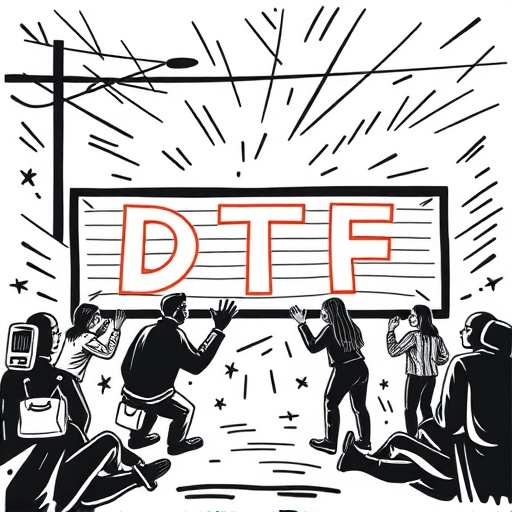Supervisors play a vital role in safeguarding employee well-being after a federal workplace injury by understanding legal obligations, facilitating access to benefits and medical care, advocating for specialized treatments, prioritizing thorough documentation and immediate reporting, enhancing safety through protocol reviews, new training programs, risk assessments, protective equipment, and fostering open dialogue about safety concerns.
After a federal workplace injury, supervisors play a pivotal role in ensuring employee safety and adhering to legal requirements. This article guides supervisors through critical post-injury steps, emphasizing the importance of understanding both rights and obligations, meticulously documenting and reporting incidents, and implementing proactive safety measures to prevent similar occurrences. By following these steps, supervisors can foster a safer work environment and facilitate a smoother recovery process for affected employees.
- Understand Legal Obligations and Rights
- Document and Report Incident Thoroughly
- Implement Safety Measures to Prevent Recurrence
Understand Legal Obligations and Rights

After a federal workplace injury, supervisors have crucial responsibilities to ensure the well-being and rights of their employees. One of the first steps is to understand both the legal obligations and rights that come into play. Supervisors must be aware of the specific guidelines and regulations pertaining to federal employee injuries, which often involve unique considerations compared to non-federal workplaces. These include prompt reporting procedures, accessibility to medical care, and accommodations for recovery periods.
Knowing that employees injured on the job are entitled to certain benefits, such as wage replacement and medical coverage, supervisors should facilitate access to these services. This might involve coordinating with human resources departments, ensuring proper documentation, and even advocating for options like chiropractic treatment or physical therapy for lower back pain or chronic pain management.
Document and Report Incident Thoroughly

After any federal workplace injury, thorough documentation and immediate reporting are essential steps for supervisors to ensure proper handling of the situation. The first step is to gather all relevant details about the incident, including the time, location, and precise circumstances leading up to the harm. This comprehensive record-keeping involves documenting witness statements, taking photos of the scene or any resulting damage, and collecting information on the employee’s tasks prior to the injury. A detailed report should also include descriptions of the physical symptoms exhibited by the affected worker immediately after and any ongoing issues, such as chronic pain management concerns, that may arise later.
Effective communication is key; supervisors must promptly notify relevant authorities or human resources departments, especially when dealing with potential sports injury recovery cases. This swift action ensures compliance with federal regulations regarding workplace injuries. Additionally, documenting the entire process, from initial report to final resolution, can facilitate future discussions on innovative solutions, including alternative treatments like shockwave therapy for pain, to prevent similar incidents and promote a safer work environment.
Implement Safety Measures to Prevent Recurrence

After a federal workplace injury, supervisors play a pivotal role in ensuring the safety and well-being of their team. One of the primary steps they should take is to implement robust safety measures to prevent similar incidents from occurring in the future. This involves a thorough review of existing protocols and procedures to identify gaps or areas for improvement.
By enhancing workplace safety, supervisors can contribute to a positive shift towards a healthier work environment. This includes introducing new training programs on safety best practices, conducting regular risk assessments, and providing personal protective equipment where necessary. Additionally, promoting an open dialogue about safety concerns among employees fosters a culture of accountability and collective responsibility, encouraging everyone to be vigilant in maintaining a safe workspace.
After a federal workplace injury, supervisors play a crucial role in ensuring a safe work environment. By understanding legal obligations and rights, thoroughly documenting and reporting incidents, and implementing robust safety measures, they can prevent recurrence and foster a culture of accountability. These steps are essential for protecting employees and upholding the highest standards of workplace safety.














